Hey folks! Dr. Patrick Jones here from the Homegrown Herbalist School of Botanical Medicine, and today, we’re going to dive into the fascinating world of herbal research!
My path towards becoming an herbalist is far from conventional. Originally, I had planned to pursue a PhD and a career in research. All through college and during veterinary school, I worked in labs and gained valuable experience. I published peer-reviewed papers and developed a strong understanding of the field. My background in research allows me to confidently read and evaluate research papers, and apply that information to the world of herbal medicine.
In recent years, the scientific community has gotten really interested in medicinal plants. If you’ve ever doubted the efficacy of herbal remedies, just head over to Google Scholar and search for any plant using its Latin name. You’ll be amazed at the plethora of research studies showcasing the actions and benefits of these plants.
So… how do you know if a Research Study is any good?
As I said, there’s a wealth of knowledge in these studies. But to really use and apply them, it’s crucial to recognize the hallmarks of good research: precision, repeatability, and the elimination of variables.
Researchers design studies with defined parameters to ensure that the results answer the question they’re asking. By using the same subjects, compounds, delivery methods, and protocols they can precisely control the variables in the study, creating reliable results. Repeatability is also essential, as it allows researchers to replicate the study and validate the findings. Good researchers strive to eliminate as many variables as possible, allowing them to isolate the effect of the specific compound or intervention they’re studying. By understanding the hallmarks of good research, we can better evaluate studies and make decisions about the validity of the findings.
While research is a wonderful tool, we need to be aware of the limitations inherent in its methodology.
One significant limitation is that research scientists often isolate individual phytochemicals from the plant rather than studying the herb as a whole.You see, each herb has a vast array of active ingredients that work in synergy with each other, enhancing, balancing and protecting. When used as the complete herb, an herbal medicine interacts with the body in ways that may be very different than any of its isolated constituents.
The logic behind reductionist science goes something like this:
“This stew is so amazingly delicious. Why is it so delicious? I wonder if it’s the salt. Hmmm….I wonder if salt is safe. The next thing you know a study is done giving 16 ounces of table salt three times a day for two years. The conclusion? Giving 16 ounces of salt three times a day isn’t safe.
Sound logic. What could possibly go wrong? Well…eating that much salt is not only wildly unpleasant, it’s downright dangerous. Similarly, an herb may have some potentially harmful compounds, but when used as a whole, those compounds are balanced by other beneficial constituents, making it a safe and effective remedy.
If a research scientist were to design a methodology that involved feeding mice their body weight in salt for 6 months, it would teach us absolutely nothing about the safety and efficacy of a human being consuming a bowl of stew once in a while.
I value and respect research scientists. Their work is powerful and important. It’s valuable to know the benefits and risks of every single isolated phytochemical in a plant. The mistake we often make is to draw conclusions about the safety and efficacy of a whole plant from a research study on one chemical.
This leads us into the errors of inference
What is an Error of Inference?
Inference involves drawing conclusions from a set of data and applying those conclusions to other situations. While this can be a useful tool for researchers, inventors, and mathematicians, it can also lead to erroneous conclusions.
Let me illustrate this with a real-life example. I had a client who had an issue and asked for herbal suggestions. I recommended Ginkgo biloba, among others. The client, being an intelligent, analytical fellow, looked up research studies on Ginkgo and found one that reported that it caused liver and thyroid cancer in mice. Alarmed, he questioned me about the safety of Ginkgo biloba.
Upon examining the study, I discovered that it was well-designed and highly specific. It clearly showed that high doses of a concentrated extract (not the plant) of Ginkgo fed daily for two years, caused cancer in mice.
However, this doesn’t mean that ginkgo is inherently dangerous for human consumption in normal doses. The study’s results are only applicable to the specific context it was conducted in, and making broad inferences from it may be a mistake.
Context Matters
This brings us to the crucial point: context matters. When evaluating research on herbal remedies, it’s essential to understand the specific context of the study and not make sweeping inferences that may not be accurate. If I did a scientific study showing that hitting a thumb with a hammer caused pain, I could rightly infer that hitting a finger with the same hammer would probably also cause pain. But could I make broader inferences? Deciding that because hammers hitting thumbs causes pain that hammers are dangerous and shouldn’t be used would be foolish. What about pulling nails with hammers? Is that painful? What about hitting nails? What about using the hammer for a paper weight? You see, once we stray too far from the original question asked by the research and the original conditions of the study, we can quickly get off the mark of what we can and can’t really know based on that study’s findings.
Sadly, people do this all the time. Doctors, consumers, herbalists, we all make the mistake at times of making errors of inference based on the title of some study someone quoted in their blog article. Maybe it would be better if we actually looked closely at the study to see what the real question was.
So the next time you come across a reference to a study claiming that a particular herb is dangerous or ineffective, dig a little deeper. What specific questions was that researcher trying to answer? Does that very specific answer apply to your situation?
Remember, the world of herbal medicine is rich with potential benefits and some risks as well. Understanding the importance of carefully evaluating scientific studies will help you make informed decisions about the remedies you choose.
Happy herbal adventures, everyone!
If you want to dive deeper with your herbal studies, consider joining us at the HomeGrown Herbalist School of Botanical Medicine. We believe that a comprehensive herbal education involves honoring the ancient wisdom of traditional herbalists while also celebrating truths uncovered by modern science. Id love to join you on that journey.
Doc Jones

For a limited time only, get $200 OFF the HomeGrown Herbalist Bunker Buster Kit when you Enroll in our Online School of Botanical Medicine!
Our Online School Boasts
- Hundreds of Hours of In-Depth Lessons on Herbalism
- Access to our Herbal Discussion Forum
- Practical, In-The-Trenches, Approach
- Constantly Growing and Evolving Curriculum
- Access to Exclusive Resource
- Lifetime Enrollment
For a limited time only, when you enroll (or if you are a current student) you get a $200 Discount for the Incredible Bunker Buster Kit (and free shipping)!! Discount will be automatically Added to your account after enrollment!



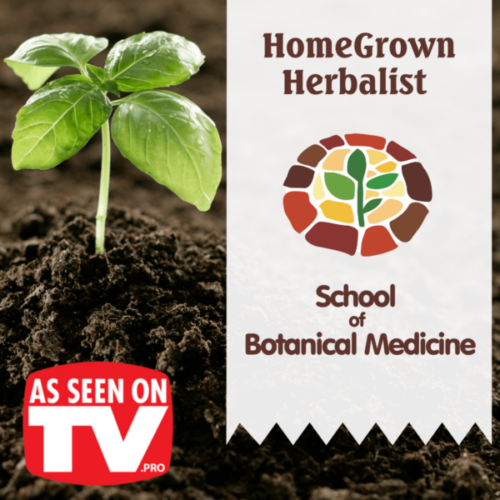
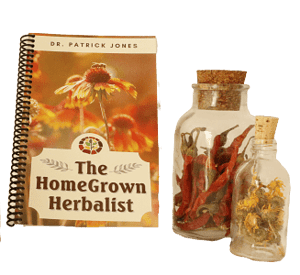

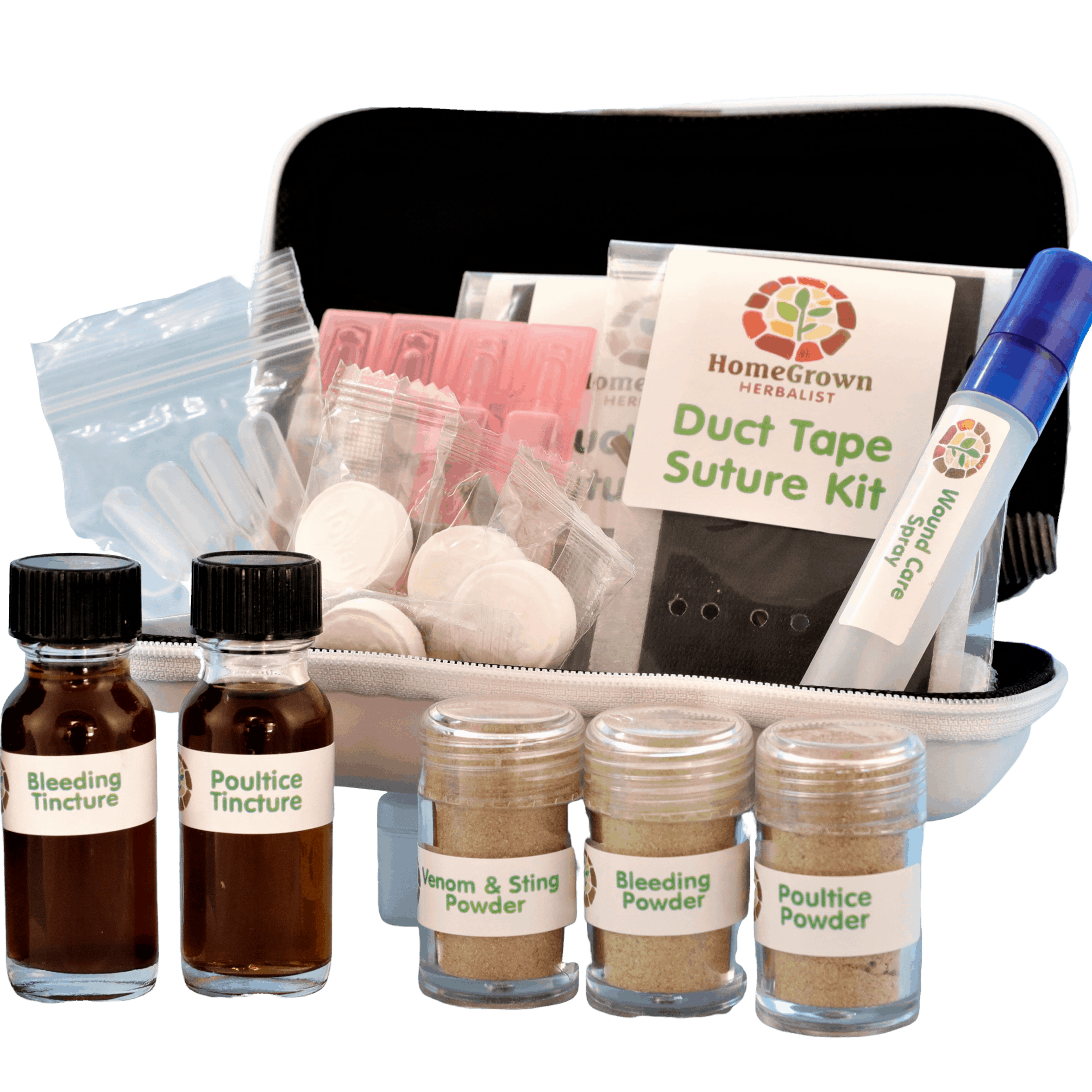
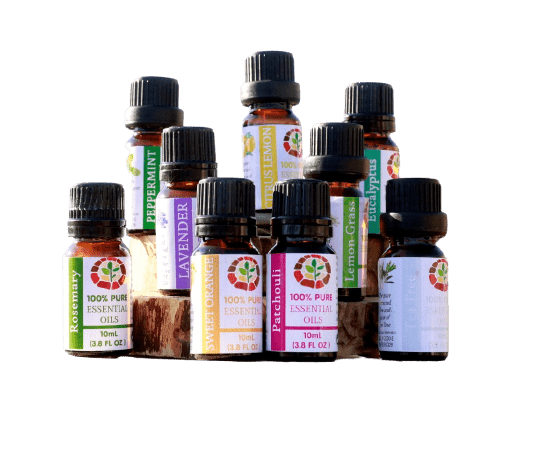
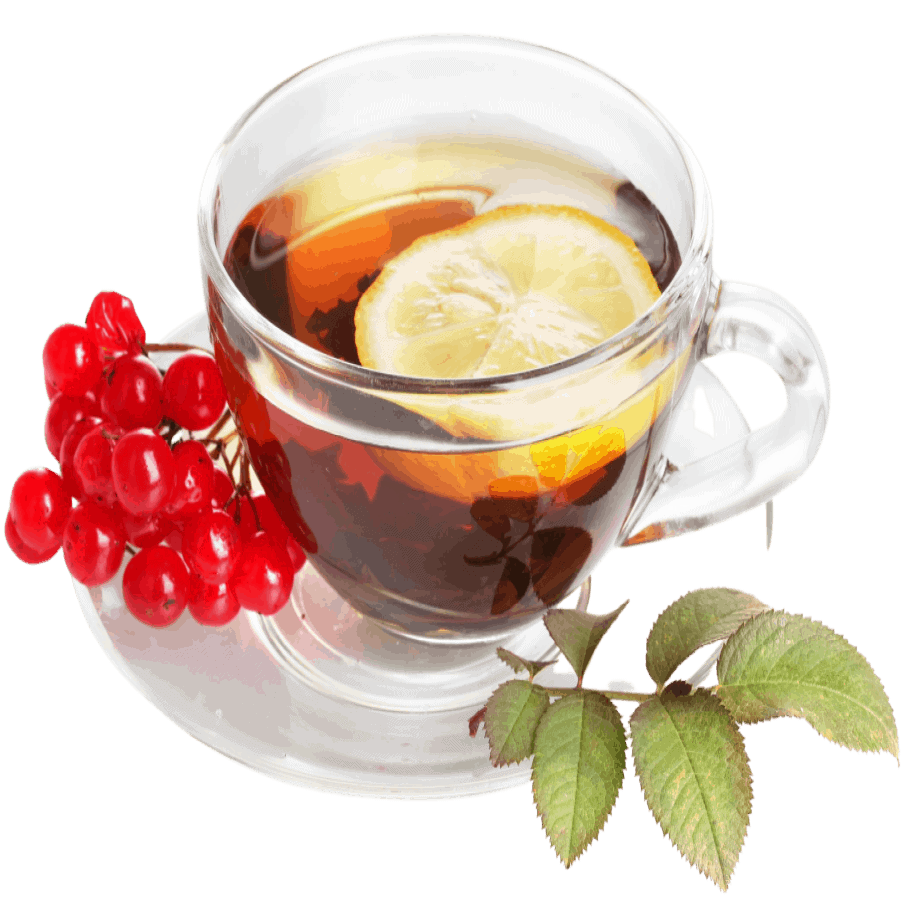
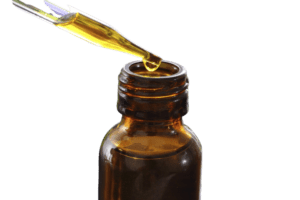
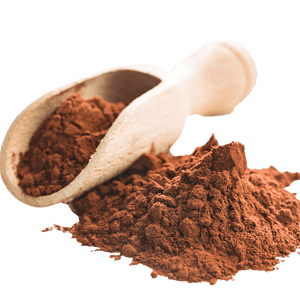
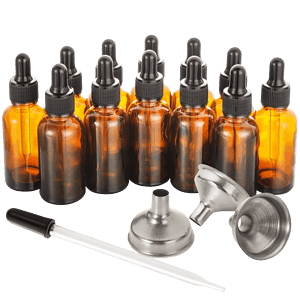
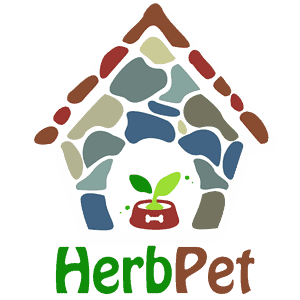
Great blog, Doc! There is an answer to every question out there, just need to dig deeper!
Thank you for the even keel to your articles that really diffuse skepticism and build on a better methodology of finding answers.
Great vlog/blog! We all need this lesson &/or reminder. Thank you!
Science: Testable, Repeatable, and Observable.
Interpretation of results: Not so much.
That, Linda, is the perfect synopsis. :0)
I want to know if I could use horsetail or comfrey on my dog’s broken tooth. Could it heal and if so how could I give him this herb. I’ve heard that horse tail can rebuild the teeth. And isn’t comfrey called a bone knitter ?
Their properties for tooth healing require pretty committed topical application that would by unlikely to be possible in a dog.
Thank you so much. I found this fascinating.
Glad you enjoyed it Lisa.